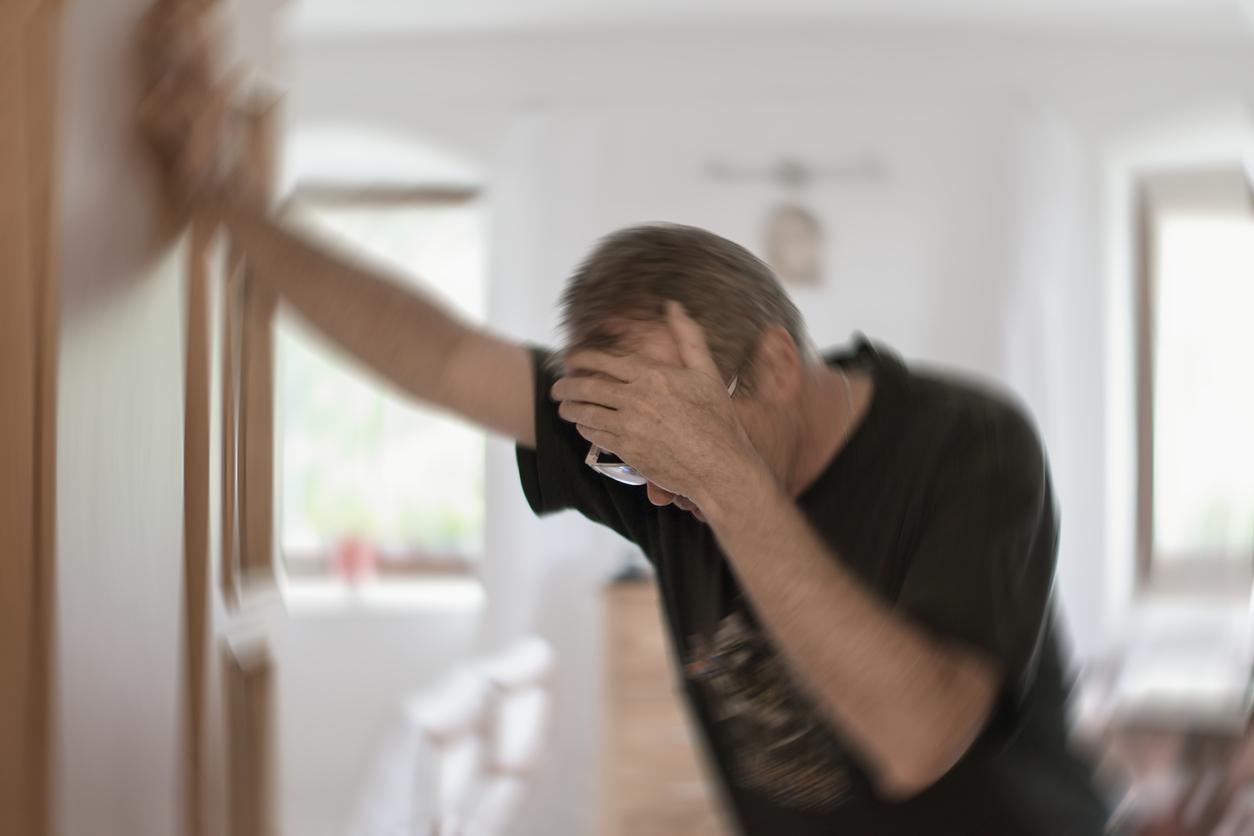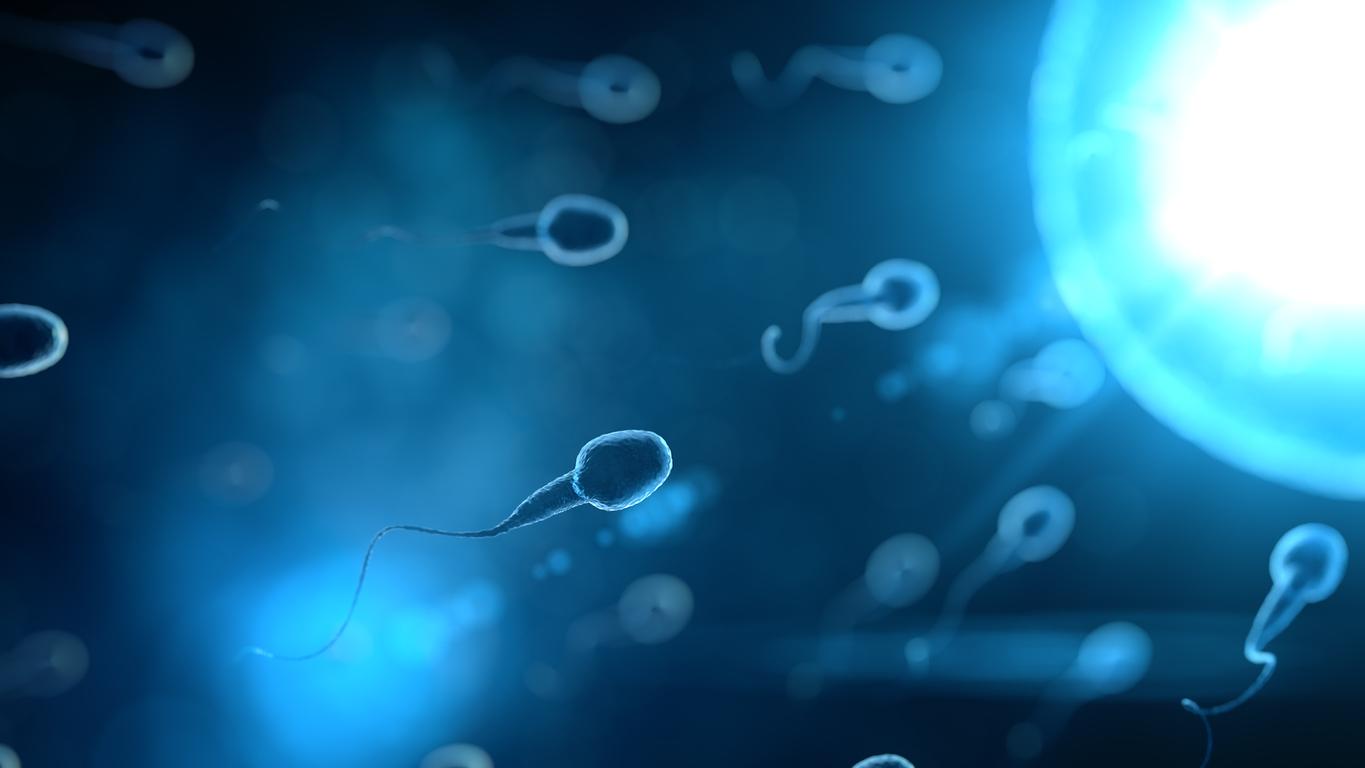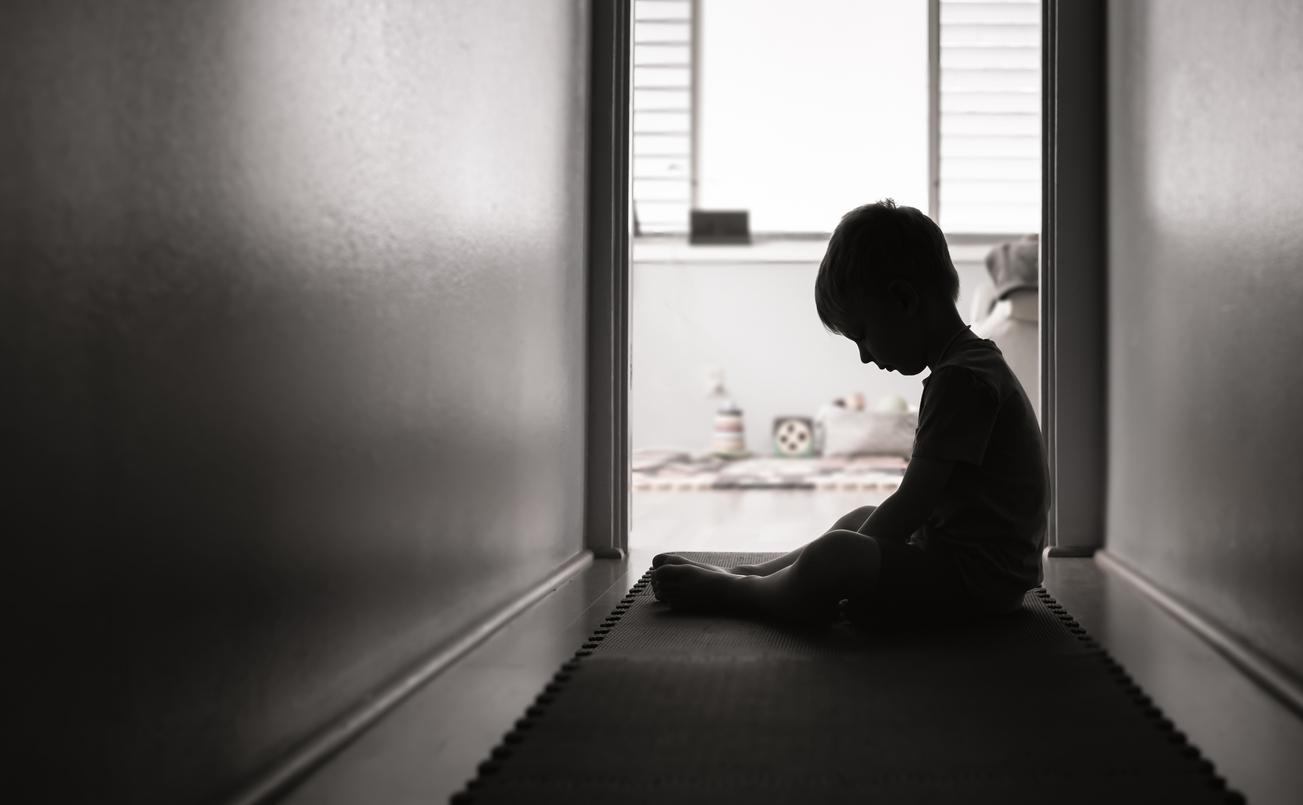Can childhood trauma “tire” our cells? This is what a study published in Proceedings of the National Academy of Sciences. Researchers at British Columbia University in Vancouver, Canada, studied the link between childhood trauma and the length of telomeres, parts of chromosomes that indicate the aging state of the cell.
4,600 people over the age of fifty participated in the Health and Retirement study carried out in the United States. Scientists have identified the events undergone in their childhood, such as the abusive consumption of alcohol or drugs by parents, sexual abuse, problems with the law, repeating grades or even financial difficulties.
Result: people who underwent stressful situations when they were young are more likely (+ 11% per event) that their telomeres are shorter than average. This does not mean that everyone who has experienced one or more traumatic events will develop this telomere shortening. Simply that we find this association more than in other populations. The researchers also found that social and psychological stresses were more likely to show associations with shorter telomeres than financial worries. Ditto for events faced in childhood compared to those experienced in adulthood.
Protect chromosomes from aging
“Telomeres are the chromosome equivalent of plastic reinforcements at the end of laces. They protect them from fraying, ”explains Eli Puterman, director of the Fitness, Aging and Stress laboratory at the Canadian university. Telomeres in fact prevent chromosomes from “unraveling”, thus preventing them from aging and premature death. If these are shorter, they play their role less well and DNA is exposed more quickly.
Although no cause-and-effect relationship can be asserted, researchers believe that hormones released during stressful experiences could cause cell wear and tear, especially if exposure to stress is repeated, chronic and intense. The affected physiological system could then no longer cope with the stressors.
To read also
Stroke would accelerate the aging of 8 years
Aging, watch out for bones
A strange disease turns a child into an old man
















